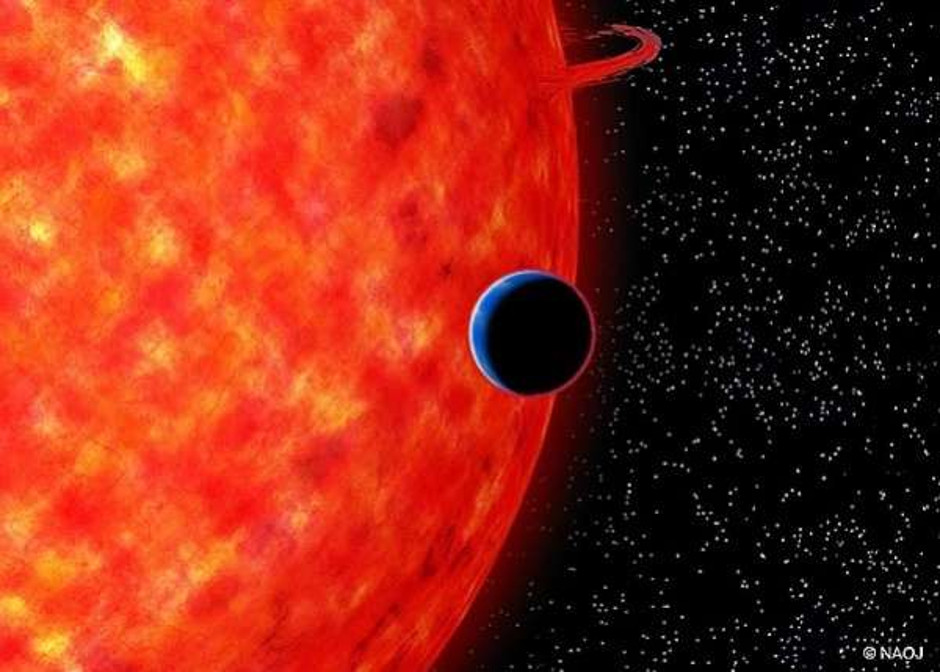
This artist’s illustration shows a giant cloud of hydrogen streaming off a warm, Neptune-sized planet just 97 light-years from Earth. The exoplanet is tiny compared to its star, a red dwarf named GJ 3470. The star’s intense radiation is heating the hydrogen in the planet’s upper atmosphere to a point where it escapes into space. The alien world is losing hydrogen at a rate 100 times faster than a previously observed warm Neptune whose atmosphere is also evaporating away.
Credit: © Crédit NASA, ESA, and D. Player (STScI)
Astronomers explain the rarity of the hot Neptunes by their evaporation which transforms them into super-Earths...
Read More






Recent Comments